When you’re dealing with a bathtub leak, it can be an incredibly frustrating experience. Trying to figure out exactly what is causing the leak and how to fix it without making things worse can be time-consuming and difficult. And if you’re not very handy, getting professional help may seem like your only option. But there are a few easy steps that will help you tackle even the most stubborn of leaks – so don’t despair!
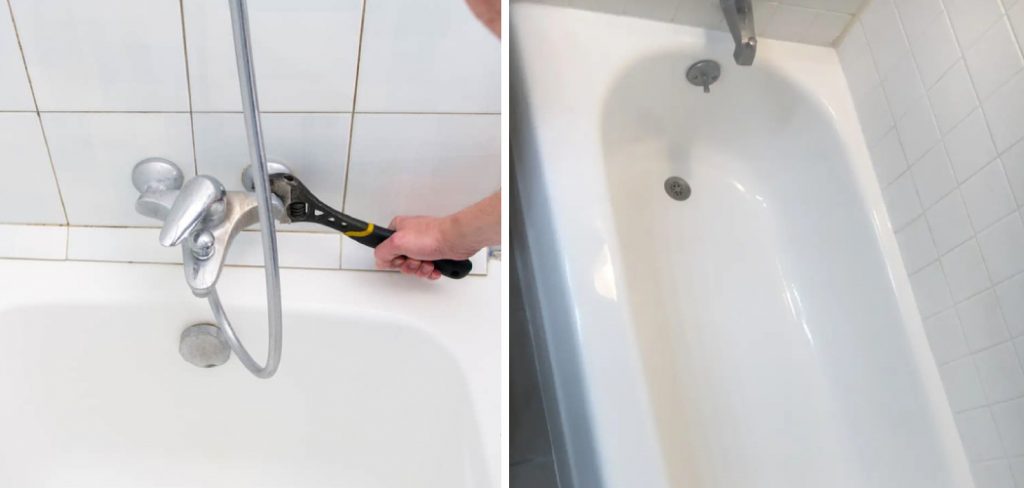
In this blog post, we’ll walk through how to fix a bathtub leak using simple tools, materials, and techniques so that you can do it yourself without breaking the bank or waiting hours for a plumber.
Tools and Materials You Will Need to Fix a Bathtub Leak
- A flashlight
- A screwdriver (flathead and Phillips head)
- Adjustable pliers
- Putty knife
- Caulking gun
- Tub caulk or silicone sealant
- Bathtub drain stopper assembly kit (if needed)
Step-by-step Guidelines on How to Fix a Bathtub Leak
Step 1: Identify the Source of the Leak
The first step in fixing a bathtub leak is to determine where exactly the leak is coming from. Common areas for leaks include around the faucet, handles, overflow plate, and bathtub drain. To help identify the source of the leak, run water into your bathtub and observe where it is leaking from. Use a flashlight if necessary to get a better look at hard-to-reach areas.
Step 2: Fixing Faucet Leaks
If the leak is coming from the faucet, you may need to replace the worn-out washers or o-rings. This can be easily done by turning off the water supply and disassembling the faucet using a screwdriver. Once you have replaced the old parts with new ones, reassemble the faucet and turn on the water again to test for any leaks. These simple fixes can save you from having to replace the entire faucet, which can be costly.
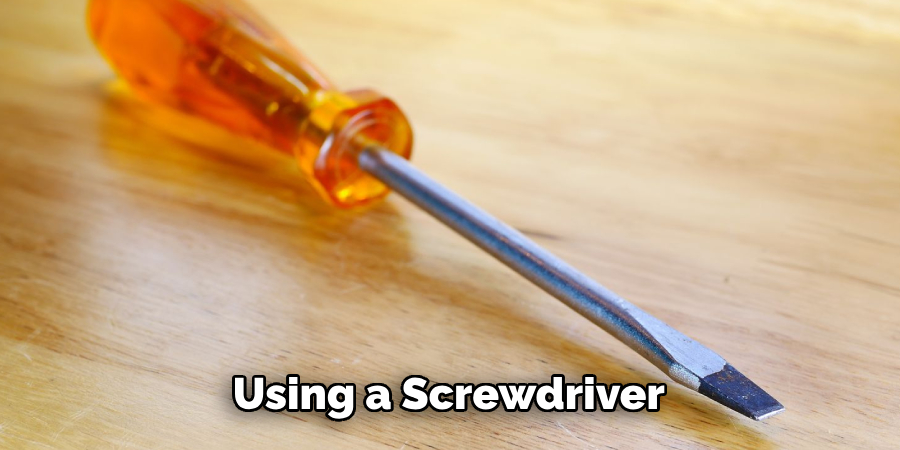
Step 3: Fixing Handles and Overflow Plate Leaks
If the leak is coming from the handles or overflow plate, it could be due to worn-out gaskets. To fix this, remove the handle or overflow plate using a screwdriver and replace the gasket with a new one. Reattach the handle or overflow plate and turn on the water to check for any leaks. Make sure to tighten any loose screws or connections while you’re at it.
Step 4: Fixing Bathtub Drain Leaks
If the bathtub drain is the source of the leak, you may need to replace the entire drain assembly. This can be done by removing the old drain using pliers and installing a new one using a bathtub drain stopper assembly kit. Make sure to remove any old putty or sealant before installing the new drain. Once installed, use the plumber’s putty or silicone sealant around the edges for a watertight seal.
Step 5: Test for Any Remaining Leaks
After fixing each potential source of a bathtub leak, run water into your tub again and check for any remaining leaks. If there are no more leaks, congratulations – you have successfully fixed your bathtub leak! If there are still some leaks present, repeat the steps until they are all gone. Make sure to take your time and be thorough in your repairs.
Following these simple steps and using the right tools and materials, you can easily fix a bathtub leak without having to call in a professional. Not only will this save you time and money, but it will also give you a sense of accomplishment knowing that you were able to tackle a home repair on your own. Remember to always prioritize safety while working with any plumbing repairs and don’t hesitate to seek professional help if needed. With these tips, your bathtub leak will soon be a thing of the past! Happy fixing!
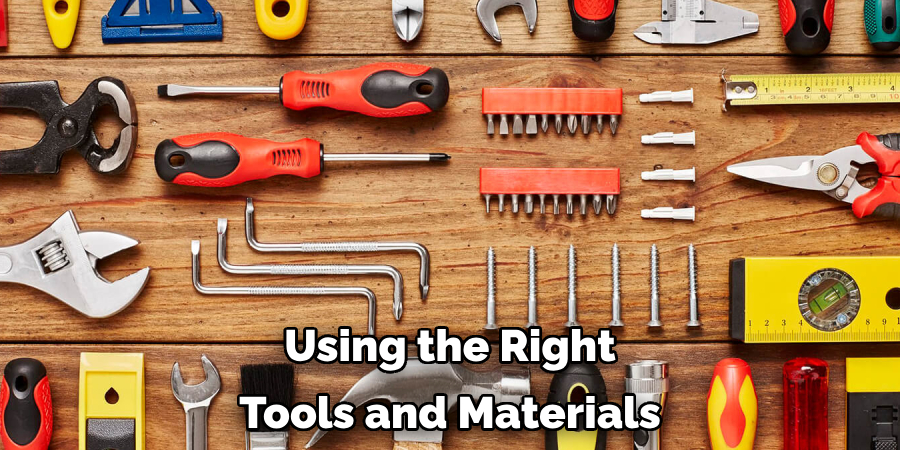
Additional Tips and Tricks to Fix a Bathtub Leak
1. When checking for leaks in your bathtub, make sure to also look at the showerhead and faucet. Sometimes, small cracks or gaps in these areas can lead to water leaking into the walls or under the tub.
2. For those with older homes, it is important to regularly check the pipes and seals underneath your bathtub. Over time, these can become worn and damaged, allowing water to leak through.
3. If you notice any discoloration or staining on the ceiling directly below your bathtub, this could be a sign of a leak. It is important to address this issue quickly before it causes further damage.
4. To prevent future leaks, consider installing a drain trap or hair catcher in your bathtub’s drain. This will help catch any debris that may clog the drain and cause water to back up.
5. Don’t forget to check the caulking around your bathtub. If it looks cracked or damaged, this may be allowing water to seep through and cause leaks. You can easily re-caulk these areas yourself using a waterproof silicone caulk.
6. Regularly cleaning and maintaining your bathtub can also help prevent leaks. The build-up of soap scum and grime can weaken seals and pipes, leading to leaks over time.
7. If you are unsure of how to fix a leak in your bathtub, don’t hesitate to call a professional plumber for assistance. They will have the necessary tools and expertise to accurately diagnose and fix any issues with your bathtub.
8. Finally, remember to regularly check for leaks in your bathtub even if you haven’t noticed any issues yet. Catching and addressing leaks early on can save you time, and money, and prevent potential water damage in the future. So always stay proactive and keep an eye out for any signs of leakage in your bathtub.
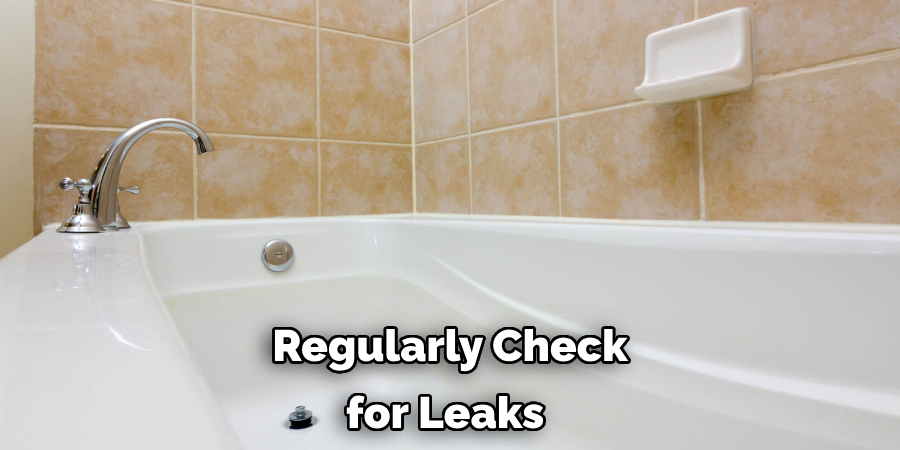
With these additional tips and tricks, you can ensure that your bathtub stays leak-free for years to come. Remember, prevention is key when it comes to fixing a bathtub leak! By keeping up with regular maintenance and catching any issues early on, you can save yourself from facing major repairs down the line.
Precautions Need to Be Followed for Fixing a Bathtub Leak
- First and foremost, safety must be kept in mind while attempting to fix a bathtub leak. Always turn off the water supply to the bathtub before starting any repair work.
- Wear appropriate safety gear such as gloves, goggles, and a face mask to protect yourself from potential hazards.
- Make sure to properly diagnose the type of leak before proceeding with any repairs. Different types of leaks may require different solutions.
- If possible, consult a professional plumber or seek advice from an expert before attempting to fix the leak on your own.
- Use proper tools for the job and make sure they are in good condition. This will not only help you complete the task efficiently but also prevent any accidents.
- Read and follow all instructions carefully when using sealants or adhesives to fix the leak. Improper use of these products can result in further damage.
- If the bathtub is made of porcelain or ceramic, be extra cautious when handling and working around it as these materials are fragile.
Following these precautions will not only ensure your safety but also help you fix the bathtub leak effectively and prevent any additional damage. Remember, it is always better to be safe than sorry. So take your time, follow these precautions, and fix that pesky bathtub leak with confidence! Happy repairing!
Frequently Asked Questions
How Do I Know If My Bathtub Is Leaking?
There are a few signs that may indicate a bathtub leak. These include pooling water around the base of the tub, water stains on the ceiling or floor below the bathroom, and decreased water pressure from the faucet.
Can I Fix a Small Leak Myself?
In some cases, yes, you may be able to fix a small bathtub leak yourself. This will depend on the source and severity of the leak. If you have basic plumbing knowledge and tools, you can try tightening loose connections, replacing worn-out gaskets or seals, or applying waterproof sealant to cracks. However, for more complex leaks or if you are unsure of the cause, it is best to call a professional plumber.
What Causes Bathtub Leaks?
Bathtub leaks can be caused by several issues such as worn-out gaskets and seals, loose connections, cracked pipes or fittings, damaged caulking or grout around the tub, and even structural issues with the bathtub itself. It’s important to identify the source of the leak before attempting any repairs.
How Do I Prevent Bathtub Leaks?
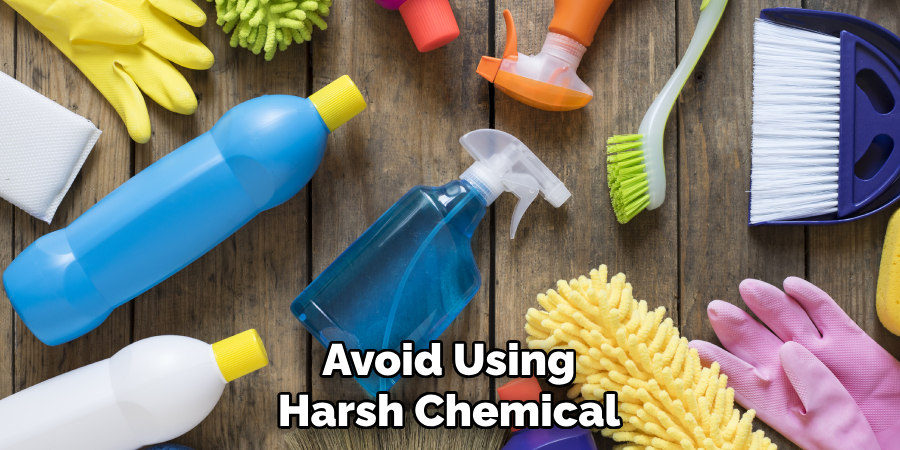
The best way to prevent bathtub leaks is through regular maintenance and proper usage. Check for any signs of wear and tear on gaskets, seals, and pipes regularly, and replace them as needed. Avoid using harsh chemical cleaners that can corrode pipes and fittings. Also, avoid putting excessive weight or pressure on the sides of the tub, which can cause cracks over time.
Conclusion
With the above outlined you can easily learn how to fix a bathtub leak. Remember, it’s important to address bathtub leaks as soon as possible to prevent further damage and potential water damage to your home. If you are unsure of the cause or unable to fix the leak yourself, don’t hesitate to call a professional plumber for assistance.
Regular maintenance and proper usage can also help prevent future leaks from occurring in the first place. So, keep an eye out for any signs of leaks and address them promptly to ensure a functional and leak-free bathtub for years to come. Happy fixing!
